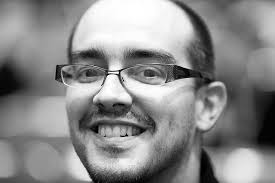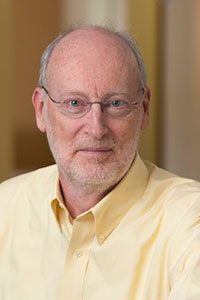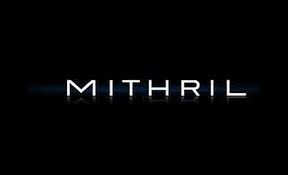 Dave McClure once followed Y Combinator’s moves closely, looking to emulate parts of its structure. Now, the famed, nine-year-old tech accelerator looks to be playing catch-up with Dave McClure.
Dave McClure once followed Y Combinator’s moves closely, looking to emulate parts of its structure. Now, the famed, nine-year-old tech accelerator looks to be playing catch-up with Dave McClure.
This week, for example, Y Combinator announced it would start running its Startup School, a one-day networking event, in New York and London. Y Combinator, which will continue to run its three-month sessions from its headquarters in Mountain View, Ca., is casting a wider net because “if we focus on the U.S., we miss maybe 95 percent of the best founders,” said the outfit’s new president, Sam Altman, at a TechCrunch conference in New York.
Y Combinator also announced its intentions this year to “get bigger,” with Altman handed the reins by cofounder Paul Graham to grow it. Toward that end, the incubator has recently added six people to its roster of partners, and Altman says Y Combinator’s upcoming class could have upwards of 95 companies, making it the biggest in the program’s history.
Y Combinator’s new initiatives have received a fair amount of attention. But they look oddly familiar to McClure, founder of the four-year-old venture fund and accelerator program, 500 Startups. Indeed, 500 Startups was premised on the idea that venture investing is far more scalable than widely believed, and that to really nab the best deals, an outfit has to go global.
Each year, 500 Startups backs roughly 300 startups. Half of them pass through the firm’s three-month-long accelerator program, where they’re hosted at 500 Startup’s offices in San Francisco or Mountain View. (The outfit accepts roughly 30 startups each quarter, alternating between the two places.) 500 Startups also invests in another 150 seed-stage firms outside its accelerator program each year. About 20 percent of all of those companies are international, says McClure; 80 percent are U.S.-based companies, with roughly half coming from the Bay Area.
Part of what makes 500 Startups work at its scale, seemingly, is that it’s investing in far more than ideas. Most of the startups it funds have a functional prototype. Most have customers at some scale. Some even have million-dollar-per-month revenue run rates
It also believes in “failing on a budget, and failing quickly,” says McClure. (500 Startups invests a net $75,000 in each of its accelerator companies for a 7 percent stake.) And 500 Startups thinks investing is something that can be taught in little time to other people, who now represent the outfit’s interests around the world, including Brazil, India, Southeast Asia, China, and Mexico. “Some say it takes 10 years to become a great investor. We think it takes 20 decisions,” says McClure.
We’ll see what happens. 500 Startups has yet to land an Airbnb or Dropbox – companies that have pushed the value of Y Combinator-backed startups into the tens of billions of dollars, at least on paper.
Then again, 500 Startups is younger and has a promising portfolio, along with several big exits under its belt. Among them: the 3D printing company Makerbot (acquired for roughly $600 $400 million), the social marketing company Wildfire (acquired by Google for $350 million), and the video site Viki (acquired by Japan’s Rakuten for $200 million).
500 Startups has closed two funds totaling $73 million so far and is now investing out of a third fund that’s targeting $100 million, shows an SEC filing.
I ask McClure what he thinks of Y Combinator’s newest moves, and he says, laughing: “Welcome to the party, Sam.” But he also notes that, “We’ll have to work harder. We were hoping to have the international stage to ourselves for five years and it now it looks like it might have been four.”
In the meantime, McClure takes some pleasure in noting that “we were the first out of the gate on a number of things that Y Combinator is just now paying attention to. I’m a huge fan of [Paul Graham] and Y Combinator itself,” he adds. “But I think we probably influenced their strategy.”
Sign up for our morning missive, StrictlyVC, featuring all the venture-related news you need to start you day.









